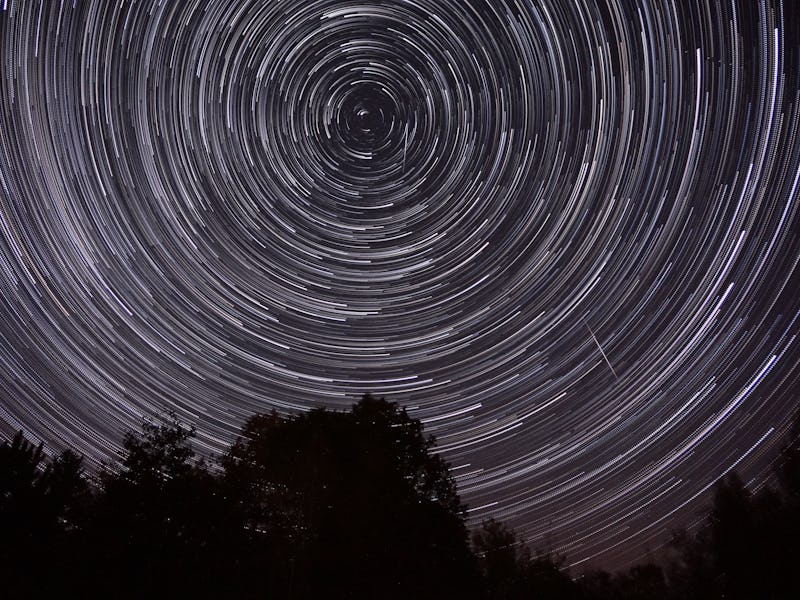Orionids Are 'Most Beautiful' Meteor Shower in the Sky, Says NASA
Catch them just before dawn on October 22.

Waking up at an absurdly early hour on a Sunday morning will be a small price to pay to see the Orionid meteor shower on October 22. Of all the annual showers that decorate our night skies, the Orionids have the distinction of being near the top of NASA’s “most beautiful” list, thanks to its lucky placement among some of the most brilliant stars visible to the human eye.
”The Orionid meteor shower is not the strongest, but it is one of the most beautiful showers of the year,” said Bill Cooke, the head of NASA’s Meteoroid Environment Office, in 2014. He explained that the Orionids streak through the sky in a region that’s particularly well endowed with dazzling stars that make up the constellations Taurus, Gemini, and Orion — as well as the “Dog Star” Sirius, the brightest star of all.
In addition to being the most beautiful meteorites out there, the Orionids are also among the most well characterized. Stargazers know to watch for them each year between October 2 and November 7, which is when the Earth’s orbit takes it hurtling through a patch of rocky space debris left behind by Halley’s comet, which orbits the sun. This year, the Orionids are expected to hit their peak on October 22, when the soft light of a tiny crescent moon will not interfere with the glow of Halley’s leftover meteoroids as they sizzle through our atmosphere and transform into meteors, or shooting stars.
The constellation Orion can be seen in the center of this photo, with a stray meteor shooting across the left.
Cooke predicted in an interview with Space.com that this year’s peak will show fewer meteors than usual, as it did in 2016. Some years, you can expect to see up to 80 meteors per hour during the shower’s peak, but last year viewers caught about a dozen per hour.
21/10/12 A shooting star whizzing past between Orion below and Taurus with Aldebaran above.
Though the Orionids appear regularly, their behavior (and the conditions of the night sky) isn’t always predictable — it depends on the number of meteoroids in the Earth’s path each year. What we can be sure of, however, is that the meteoroids will be racing by: According to Cooke, the meteoroids race through Earth’s atmosphere at a speed of 148,000 miles per hour.
No matter where you are on the Earth, you can catch the Orionids anywhere in the night sky. The best time to do so is a few hours before dawn (and after 2 a.m., when the moon will have set). Seasoned Orionids fans know to look toward Orion the Hunter’s belt, made up of the stars Alnitak, Alnilam, and Mintaka. They’ll be radiating — that is, they’ll be originating — north of Betelgeuse, the star that makes Orion’s left shoulder, though Cooke says not to stare directly at those meteors, as they have short tails and are the hardest to see.
If you manage to get out of bed at the right time and secure a good viewing spot, you can catch them in all their stellar glory this weekend.
If you liked this article, check out this video on what would happen if an asteroid hit the middle of the ocean.